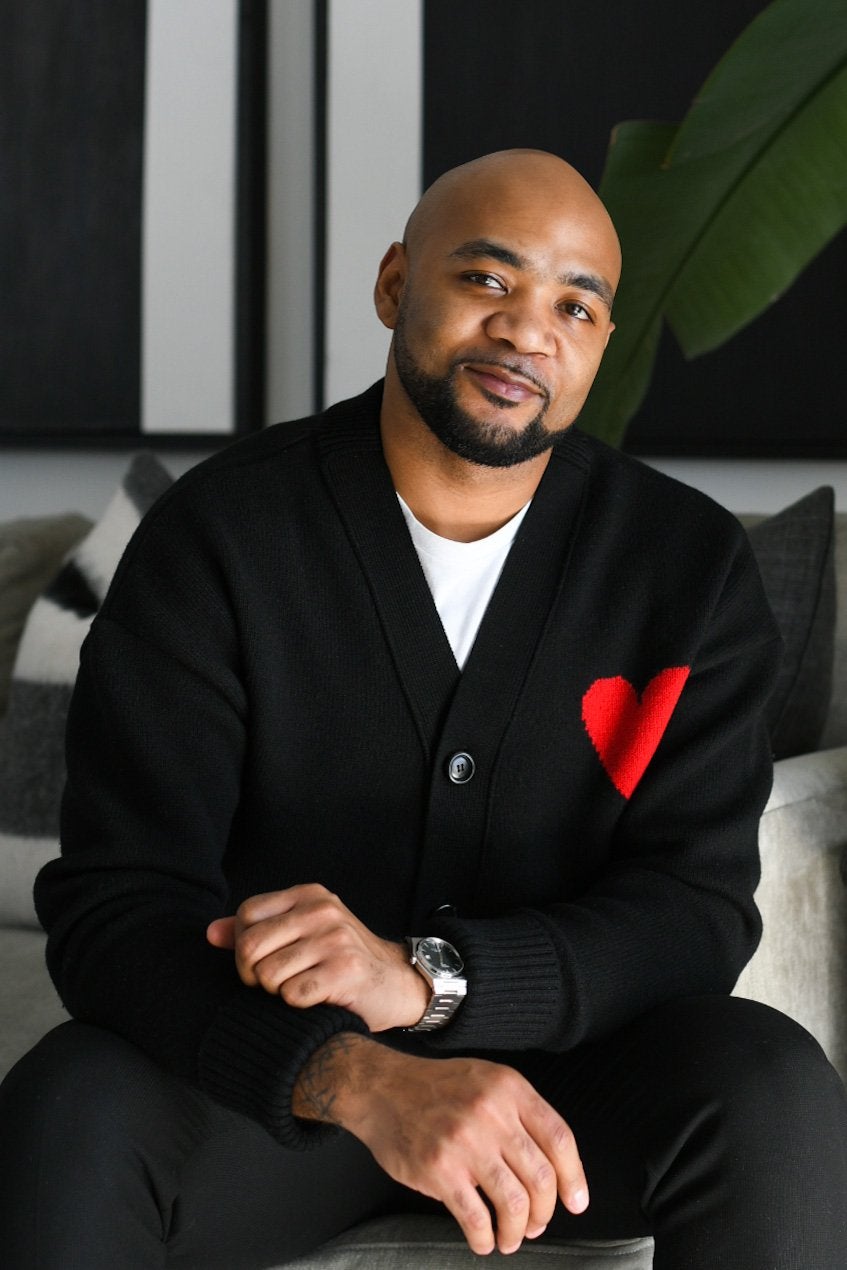In Ask an Influencer, Business of Home explores the creator economy. This week, we spoke with Demetrius Robinson, the Indianapolis-based interior designer behind At Home With Savvy.
Demetrius Robinson didn’t consider becoming an interior designer until his first project practically fell into his lap. In retrospect, his design passion makes sense: He spent his childhood taking the train into Chicago to explore iconic buildings and shop at thrift markets with his grandma. When it came time to embark on his own career, he decided to become a leasing agent—not because it was his dream, but because there was something about the industry that seemed a bit closer to his true calling, whatever that was. Then, Robinson says, a friend approached with a proposition: “He said, ‘I would love to hire you for interior design services—be serious, have you seen your homes?’”
In 2016, Robinson officially launched his design firm, At Home With Savvy, deciding that his first order of business would be photographing his own home and the small projects he had completed for friends. Looking to save costs, he went out and purchased his own “entry level” camera, then began putting together a portfolio. Even more consequential was his second order of business: setting up an At Home With Savvy account on Instagram. The platform, Robinson thought, would be the perfect place to advertise his business without a formal marketing budget.
Thanks to a combination of photography and storytelling talent, Robinson’s following slowly grew as his design business got off the ground. Following a relocation to Indianapolis in 2018, he decided to conduct an informal audit of the couple of thousand followers he’d amassed along the way, peeking at profiles and getting a sense of the audience who reacted to his work. The resulting discovery sent Robinson down an entirely new path of content creation—one that ultimately skyrocketed his online audience (which today stands at 218,000 followers) and shook up his entire business model.
Ahead, Robinson shares his clever approach for breaking into the realm of brand sponsorships, why negotiating his own partnerships has empowered him in financial discussions with clients, and how his unique approach to short-form video promotes engagement.
When did you realize social media was an opportunity for you?
The shift happened in 2018, when I decided to move to Indianapolis. At that point, I took the opportunity to step back and assess my audience online, because I was removing myself from the opportunity to work with the clients that I had known and grown relationships with in Chicago. It was a matter of realizing that all of the years I was already on Instagram, garnering attention and a following and growing a community, I was simply sharing bits and pieces of my business or design projects from a perspective of “Look at what we’re doing”—which is not what we’re doing today. At the time, I had about 7,000 followers, and after going through a ton of those [follower profiles], I started to realize that the majority of the people were not our ideal clients.
That’s when the lightbulb moment happened—like, wait a minute, let’s change some things here. I realized I had an audience of people who weren’t quite ready to hire a designer at that point in their life because they’re making ends meet or they’re in college, or just coming out of college and getting that first professional job, where they don’t really have the disposable income to hire someone like me. I realized that I needed to find a way to provide these people with valuable tips and tricks to allow them to live the same way they would if they had the access.
Now, my primary [mission] on social media is to not only let our current and potential clients know that we are here, and we know what we’re talking about, and we do really great work—but it’s also an opportunity to show up for those folks who couldn’t quite afford to hire us. Now, our content is very educational, and it’s an opportunity to inspire folks to live a more elevated home lifestyle on their level—and that’s at any point, because at my [own] beginning stage, I was shopping at T.J. Maxx, Marshalls, HomeGoods, the very affordable places. My thing is understanding that luxury is a feeling, not a price point. You can go out and spend tens of thousands of dollars on an item or spend $10 on an item that would make you feel much more luxurious. It’s all about the feeling that this item gives you, as opposed to how much you’re spending.
How did your content change after that shift?
Before, the images were of me in the studio or me at a job site—very vague pictures that you come across on Instagram and you double tap—not much to get into; it wasn’t quite thought-provoking. It didn’t leave you with any valuable tips or inspiration. It was more like, “Look at what we’re doing as a design company.” Now our feed isn’t just “Look at us,” it’s “Come in, learn a few things, implement these tips, take what I’m doing, and do the same things to elevate your home.” It has shifted from show-and-tell content to more educational, and our audience loves that, because it’s more substantial and people love to learn insider designer tips that they never even think about, especially in [a high-end] design space, because clients are paying for an exclusive experience. You don’t want to give away all of your tools for free. That’s what a lot of folks say to me—they’re like, “Wait a minute, you’re telling everything, people won’t hire you.” That’s the complete opposite of my plan—our reason for sharing all of those tips is to inspire folks to really have a hand in this, and to show our ideal clients that we know what we’re talking about. I’m not afraid to share my skills and expertise with whomever, because that doesn’t stop me from getting client work. Some designers are secretive on social media, to [the point] where it’s just like, “You have to hire us first.” We’re now in a space where folks want to see social media proof. No one wants to write that big check before they know that you are the one to hire, that you are the expert.
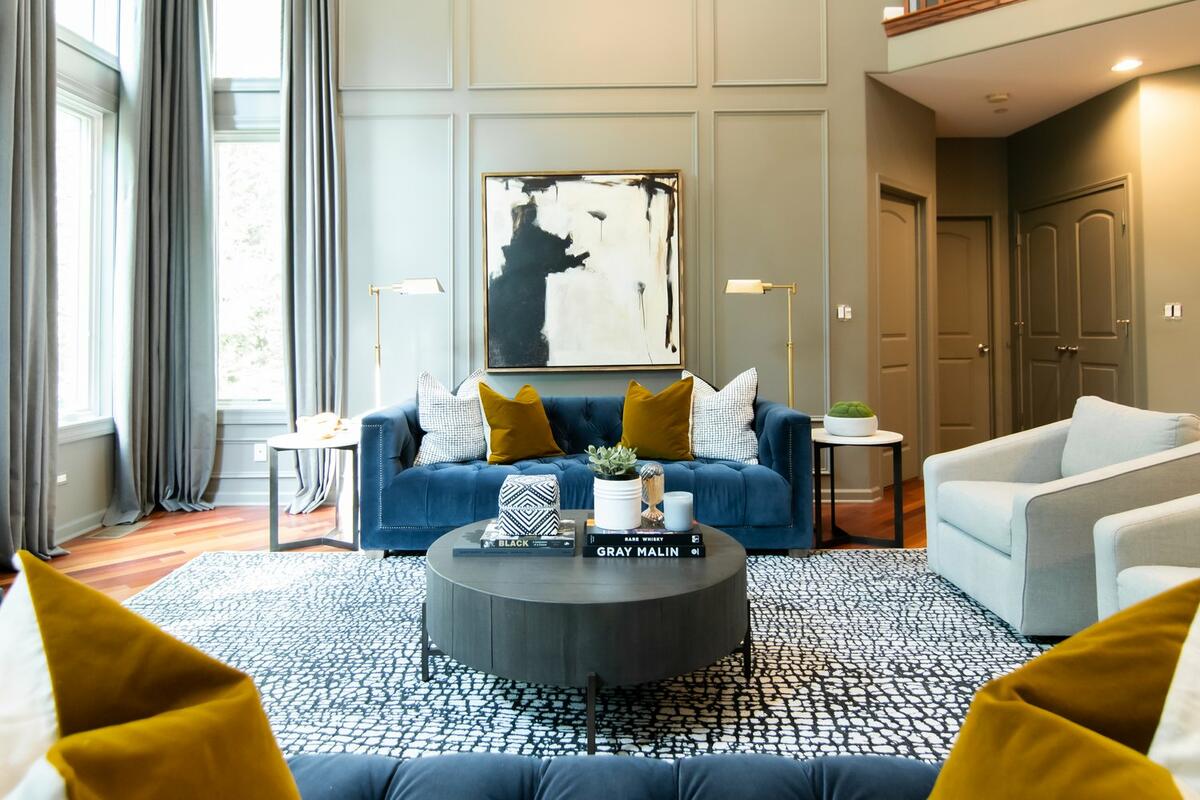
Did your audience grow after that?
It took off right away. During that pivot, it was the height of the pandemic, when folks were all locked down at home. Everybody realized how much they hate their home, and the biggest part for me was not being able to access them. [I was] like, “How can I also add another layer [of content and interaction]?” Reels had just taken off, and the moment that was available, that’s when I knew things were going to change for me. I can only say so much through a photograph, but if I have the video time to actually sit here and educate you, that’s where all of the value lives for me.
I became an early adopter of Reels in the design community. Early on, I wasn’t seeing many people be intentional about Reels. I was very serious about creating Reels that were fun, educational and inspirational, while also using all of my skills. It goes back to when I bought [my first] camera, and I had to teach myself how to use that. Fast-forward to doing my first Reel on an iPhone, and I realized that it was nice, but it could have been better—and also as a person who was pretty much looking to become a paid content creator, I knew that brands are paying for top-quality work. After producing that one Reel, I said, “I’m going to use my camera only.” That’s pretty much what I did. I grew from 7,000 followers to 217,000 followers in a matter of two years by using that blueprint.
It’s actually nuts looking back. I wouldn’t say that it’s unheard of—it happens, but it’s very rare. At that point, client-facing design was the primary revenue driver for us, and it has now transitioned to brand partnerships being the main revenue driver. Design clients are not necessarily far and few between, but we do have the flexibility to be a bit more picky, and now take on the projects that we’re absolutely in love with and the projects that will truly represent us as a firm in the best light, which is great. It’s also a great opportunity for me as an interior design [principal] to diversify our income.
What were your early experiences like working with brands, and how have they evolved?
Initially, my experience involved what I call taking brands on a date. The products were [items] we all have at home, and I realized that I didn’t get the feeling of being a content creator from my content before. It took me going to brand’s pages and seeing the content that they were posting, not to copy that but to get inspiration. Content creation isn’t just you picking up the camera—when you’re working with brands, you’re more of a creative director; you are learning what they do in their style, what they like, and you’re kind of re-creating that in your own way. I noticed that early on, and that’s what I started to do.
[The product] could be as simple as a steamer—I could go to their account and see how they’re showcasing the steamer. Or it could just be a plate—like, how can we showcase this plate? At the beginning, brands are looking for what you can do for them, so essentially, I had to create that sort of work on my account before even trying to reach out to brands or expecting brands to pay me. I just went around my home looking for products I already use and love, and created content surrounding that. I already had a camera and I had the product, so it wasn’t costing me a ton of money. Some people will go out and buy all of this stuff to get the brand’s attention, but that isn’t you showing your brand loyalty. You just went out and bought the product yesterday. For me, it was using products and brands that I absolutely loved and was truly invested in, because at the end of the day, the goal is to truly align yourself with brands you love, not just brands that are available to pay you.
How do those relationships usually begin?
The relationship begins with me posting that image and tagging the brand and actually sharing my love for this product, because you’ve got to take baby steps before you’re standing there with your hand out. When asking for an opportunity, you have to show that you’re already invested and you’re willing to go the extra mile and do the work and show them what you can do. And then, I would potentially reach out. But I have not and I still don’t do much pitching to brands. I just continue to create the type of content that I create—that is inspiring, educational and motivational—and brands see it and love it. The majority of the brand partnerships I’ve worked on have been brands reaching out directly to me, like, “Oh, he’s creating the work we want. Let’s work with him.”
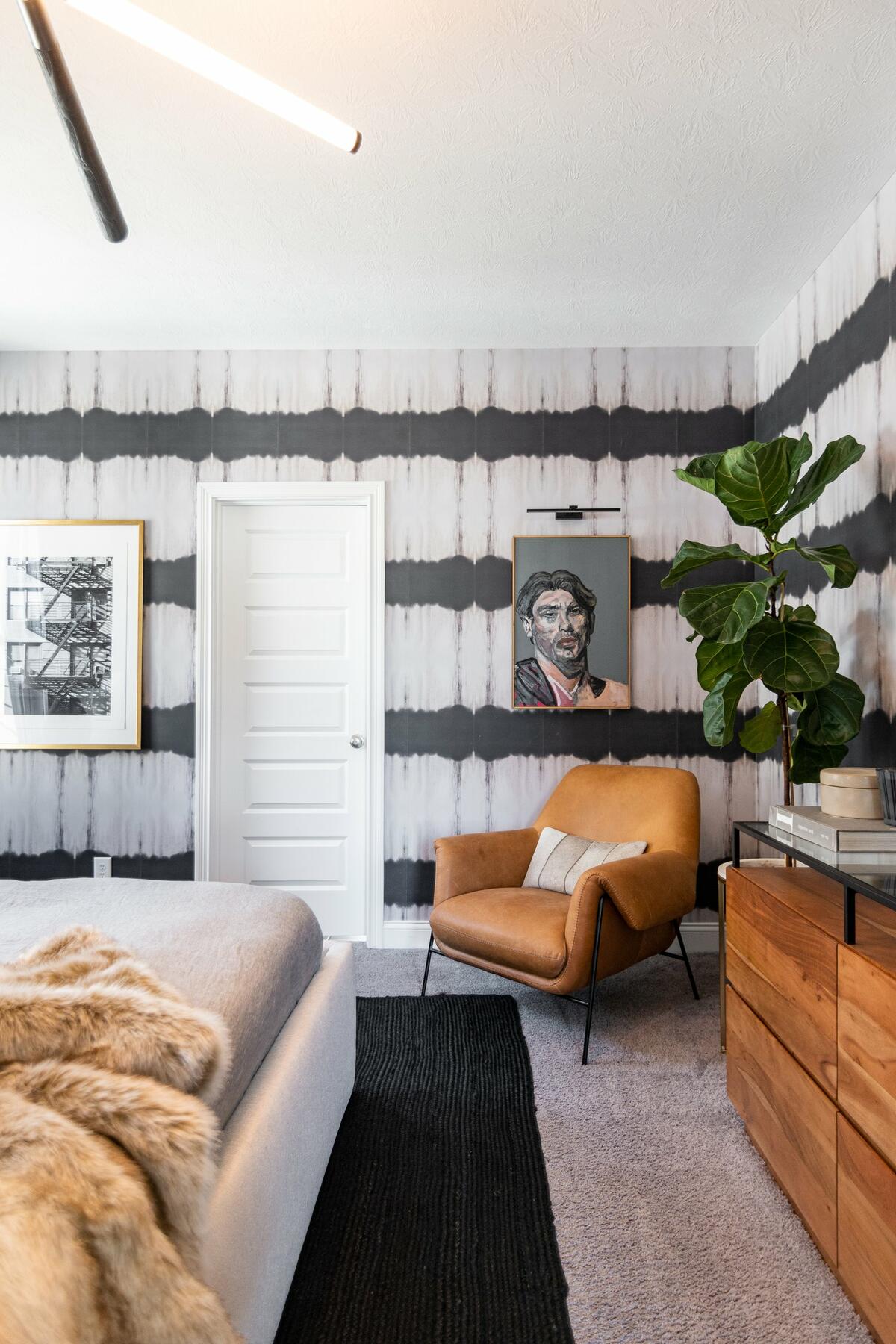
Does that work factor back into your design brand?
At my core, I am a very hospitable person. If you come over to my house, it’s more about a home lifestyle as opposed to just interior design. It’s the question of: What is this experience like at your home? Because we know what it looks like. I like to make cocktails and style different spaces, and bring in flowers and plants. Those are questions that I pose to clients when I’m taking on a project: How do you live within this home? It’s also [about] sharing more inspiration for people, because design and home lifestyle go well beyond the sofa. It’s a question of: Why are you placing the specific furniture pieces like this? For me, it could be [about] creating a more conversational area where my guests and I can enjoy cocktails, as opposed to creating a space where the TV is the focal point and we’re just watching TV. Those nuances of including cocktails and those other lifestyle moments are ways for me to show people that there’s more to interior design. Home lifestyle is how you live within your home, the things you do in your home, how you entertain, and also letting people know that you can do all of these things that you would go out to a restaurant for, and do them within your home. You can have that same luxurious experience—you don’t have to cut corners just because it’s not at a restaurant.
The interior design space in general is known to be one of those very sterile environments, like in a magazine—[the images look like] no one lives there. Even me creating that content is truly demystifying that we use this [space]. Yes, the place gets messy, but maintaining a good home is what’s important. What you see on the internet is not always what you get. I’m not sure if you experienced this while browsing my content, but every image, every video is shot from a perspective of you being in my home and sitting in a specific spot. Looking at spaces from a really wide angle, or too high or too low—it doesn’t make you feel like you’re in the space. One of my favorite things to do in content is allow the viewer to simply escape their reality and exist with me. I never get any shots from behind me or where my arm is cutting across something and cutting your view off—it’s about sharing this experience with you.
I was really excited about the shift toward video, because it’s a great opportunity to tell stories in a deeper format, not just share a picture. With video, I can provide whatever context I want to provide, and it’s much more clear. I have more fun with video content production because I’m really obsessed with movies and always have been. So my question is: How can we tell a really great story from start to finish? And it takes the attention off of me. I am a very low-key person—the complete opposite of the creator who would go around and show you everything without telling you everything. That’s the exact opposite of my mission in this space. It’s not like, “Look at me!” It’s like, “You can do this too.” It’s never “Look at my sofa I just got, guys.” It’s “This is how you pick a sofa.”
How do negotiations with brands typically unfold?
Starting out, I was doing all of that myself. It helped being connected with peers who were in higher places, because I wouldn’t have known how to charge had I not been able to ask, “Hey, how much should I charge the brand for this?” For the majority of last year, I was signed with a management agency who pretty much managed all of that. One of the things that I missed was the fact that I love to negotiate. So this year, I’m no longer with that agency, and now I’m back to having those conversations on my own behalf, and it’s been really fun.
I’ve found that I’m able to better explain what I can provide—[I don’t negotiate] to say I need more money, but more [to figure out] what I can do to earn that higher dollar. Being able to [communicate] directly to the brand is always great. It’s helpful not just to earn more money, but to be pushed [to grow] as a person. Those moments aren’t just fueling me from the [perspective] of a creator, but as a businessman, and also in every area of life. As someone who is somewhat of an empath, it’s a great practice and an opportunity for me to say, “Hey, this is what I need, and this is how we can make this happen,” without any feelings or extra emotions involved. It makes you become an advocate for yourself. I can now better explain or reason with clients, and I also feel better now about saying, “This is our rate.” You can’t just be taking projects for whatever the client wants to pay you, because we have bills and people to pay.
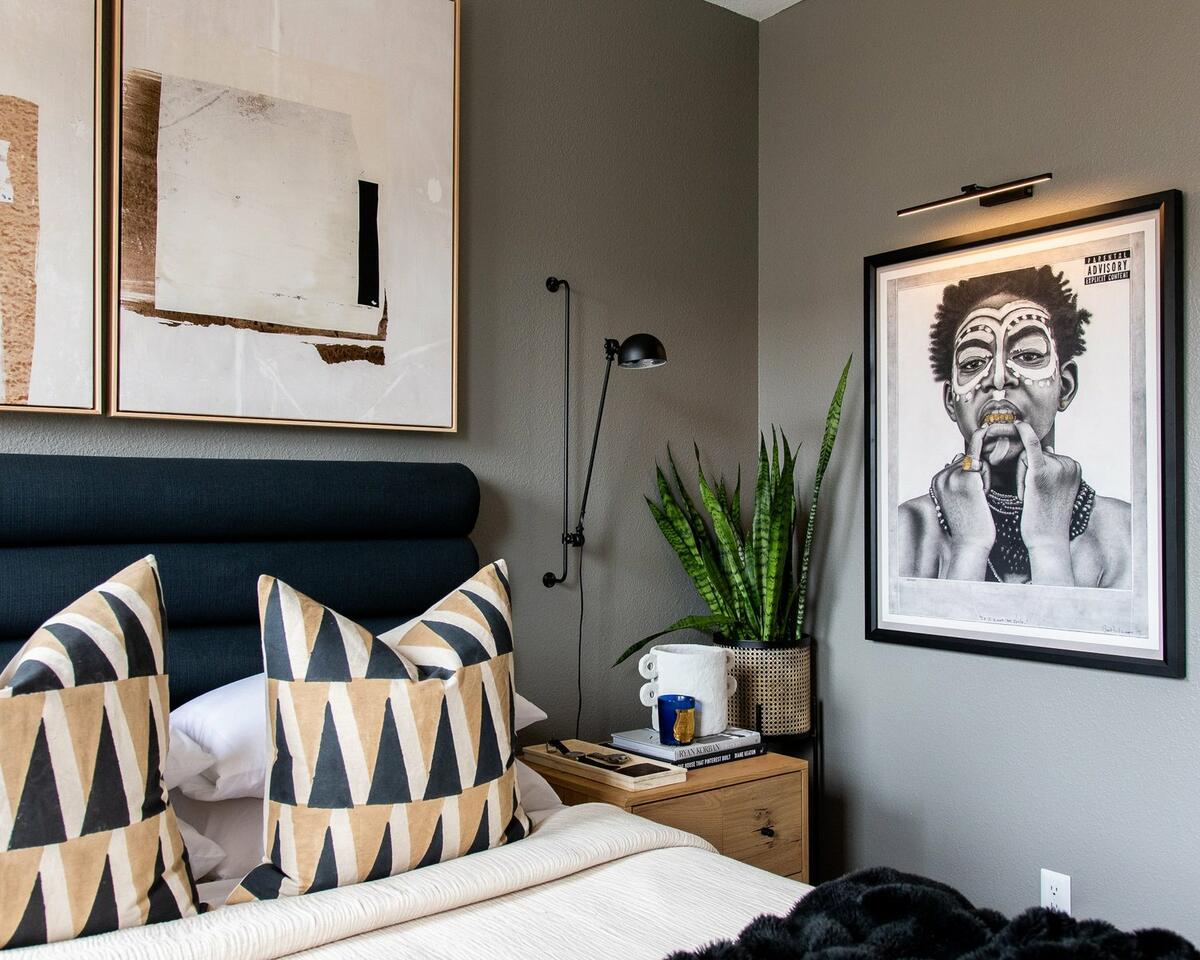
What does the physical process of content production look like?
It’s still one of those things where I go off of how I’m feeling that day. It could be me just writing down random ideas—if a content idea comes to mind, I’ll jot it down in one of my favorite notebooks and start to break down what those shots could look like. When it’s time to shoot, I revisit that notebook and see what’s doable. Sometimes content ideas also just come on the fly.
For video content, I primarily edit on Adobe Premiere Pro. That’s one of my favorite video editing softwares. It’s a bit intimidating to learn, but once you get it, it’s amazing. On my iPhone, I really love InShot—another app that allows you to edit content on the fly, and it’s also really user-friendly. I primarily use that app for all of my story content, because for Instagram stories, I like to edit it and tell a story as opposed to just randomly dropping clips into stories. If I’m working on photos, I use Lightroom, but I don’t do too much with Photoshop or anything that changes or distorts the image, because I am big on ensuring that the colors in my content are the truest colors. As designers, we all know that Photoshop plays tricks on us with color. Also, I would hate to promote a product as one color in my content, but then a person orders and receives it and it’s totally different. I try to actually tweak my coloring to be the truest—never to, for example, make a green look really, really vibrant or an orange pretty muted. Whatever the color is, I want that translated on camera.
Do you have a policy when it comes to fielding Instagram DMs and comments?
A great practice for engagement [is that] when I post something, I don’t just post and go. I stick with that post for about an hour or so and manage comments, and reply back right away, and thereafter I do what I can, because it’s pretty unsustainable to manage comments all day. Whenever I post something, I’m sitting there actually replying to comments and answering questions, because that’s also reminding the algorithm: “Hey, people are interested in this. We’ve got to show this to more people.” I’ve realized on the days when I don’t do that, engagement isn’t as great and isn’t happening as fast.
[I do] pretty much the same thing with DMs. If I happen to look at the DM section and see a few, I’ll respond, but the DMs take much more thought, much more effort. I’ve got to make sure that I’m in the right headspace to do that. Some days, I may not respond to DMs, or I just catch them the next day, because it’s very draining—especially if you haven’t done the proper things to take care of yourself and make sure that your cup is full, and you’re just depleting yourself for the sake of ensuring that everybody gets what they need from you without considering yourself.
Did your life change when you started to build a following?
It changed in many ways. Most important is the fact that all of my hobbies are traded for work. Even going out and buying flowers or repotting plants has become a thing that’s a content pillar, so I’ve got to get the camera. It can be as little as enjoying a cup of coffee in the morning, but then I’m like, “I guess I’ve got to go grab my camera.” I’m still struggling with that, but I’m also in a place of realizing that maybe that means I need to find some new hobbies. It’s important to find that balance between sharing your experiences with your community and learning when you need to savor things for yourself, because there are days when I like to get lost and do all the things I need to do without ever even picking up the phone. Some days you’ll feel bad, but other days you’re like, “Well, that was for me.” Every day can’t be me going around not being present in the moment.
[Another way my life has changed is through being able to] reach people in a different way, or just understand that I have value to offer, [and that] I can actually change people’s lives. It can be as simple as hearing [from a follower], “Oh, my gosh, I painted my daughter’s room dark, and I was not afraid like I usually would be.” Or hearing someone’s story about not feeling like [design] is an area for them, whether it’s content creation or showing up in certain stores. Someone was recently like, “Hey, I really don’t shop [at that store]; I didn’t know I could.” It’s like, you can shop here—or you can also window-shop here. You don’t need money to go and look and touch things and get inspired. How do you know what you want if you haven’t seen it? If you haven’t touched it?
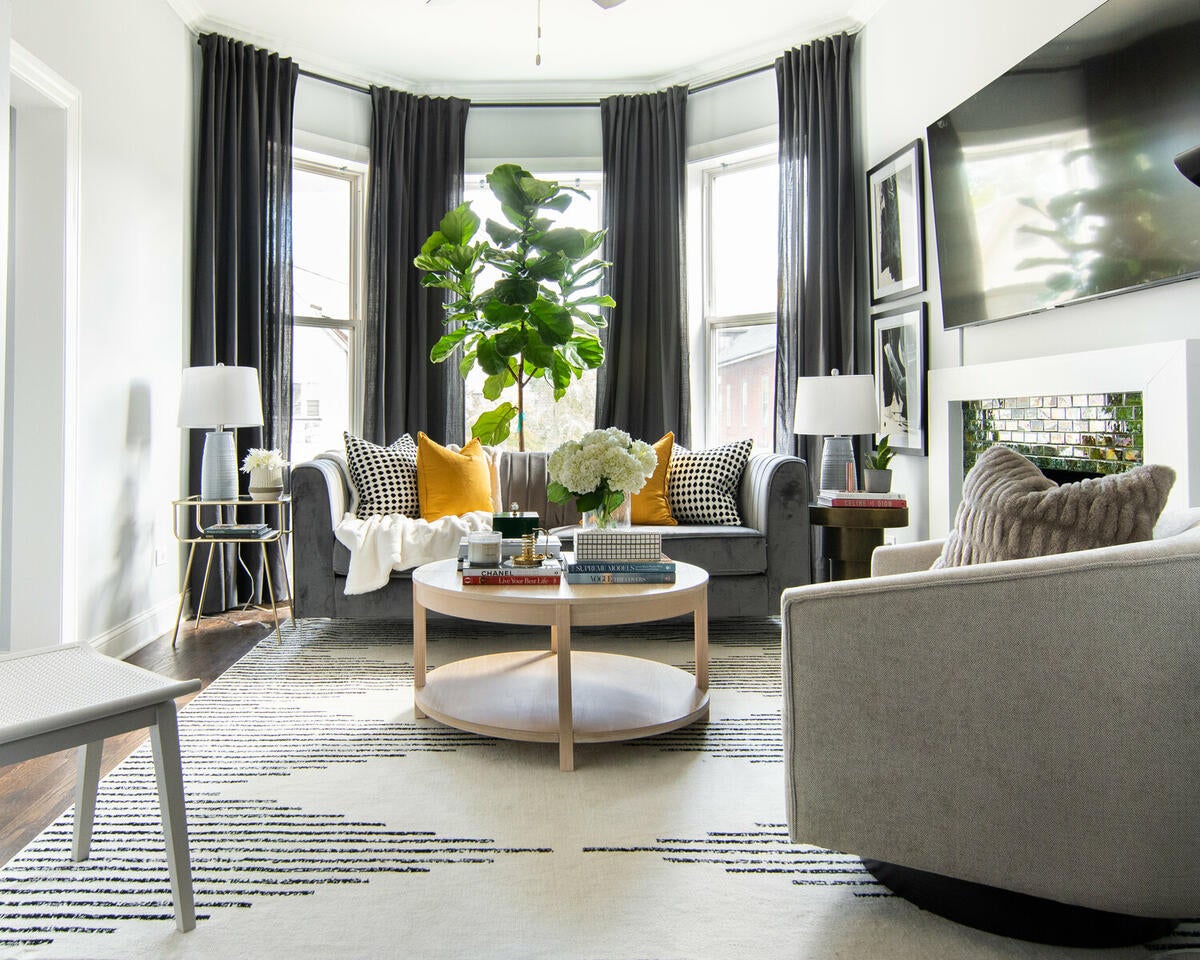
Do you ever encounter trolls or negative attention?
It happens, of course, but [more important is] how you react to it and show folks that this is not what happens [on your page, while] also being kind and assertive, so folks just know, like, well, we can’t do that to him. [Kind behavior is] a non-negotiable for me, so you don’t even have time to spew negativity on my account because you will be blocked. It goes back to negotiating and setting boundaries and being firm on things. [Online bullying] can have a tremendously negative effect on people’s mental health. [But when responding to negative comments,] you don’t have to be disrespectful, especially when it comes to [handling followers] overstepping and little things, like folks offering unsolicited feedback. With client work, I don’t even share that work, so I don’t allow that to be an option. Because folks have an opinion. So I will never ask, “What do you think about this work?” Because of course everyone won’t like it. For me, as a content creator and an interior designer, I’ve found that it’s best that I don’t involve private client work in my social media.
Do you post any portfolio photos to social media?
On my website, you will find all portfolio pictures, but on Instagram, you probably won’t ever see that. That’s because I tried that in the beginning, sharing client work with the boundary of my audience not being able to get sources. People are paying upward of tens of thousands of dollars for [our design] services, and if you turn around and share the details of that for free, it’s almost like [clients] could have just waited for you to share this stuff too. After a few times doing that and letting people know that I won’t share sources—and they still ask—I stopped doing it. It makes me look like the bad guy on either side.
Do you refer to yourself as an influencer, a content creator or something else?
I always lead with the fact that I’m an interior designer—an interior designer and a content creator. I consider myself a content creator as opposed to an influencer, because I am creating the content. You aren’t just seeing me stand here and have a whole team produce this. Sometimes, especially in interior design [contexts], I won’t even mention that I’m a content creator. It’s a very young industry, to the point where folks don’t quite take it seriously, so I try to gauge the audience before I mention it.
What’s the biggest challenge for you right now on social media?
My biggest issue right now is the fact that I am a one-person team essentially running two businesses. I’m maintaining [design] client work every day and also brand clients. The challenge is figuring out that balance. I’m at the point where it’s time to grow my team as a creator, and it’s also a little bit worrisome as a creator, because that way you’re no longer having complete control over everything. It’s an opportunity to allow someone to help in an area where you’ve always wanted to do it yourself. Looking back at my career growth and trajectory, it’s going to be important for me to grow my team to be able to continue growing. You hit one level and think, “This is the level I was aspiring to,” and you get there and the goalposts move out further, so it’s time to do work at a higher level.
Homepage image: Demetrius Robinson | Courtesy of Demetrius Robinson
















